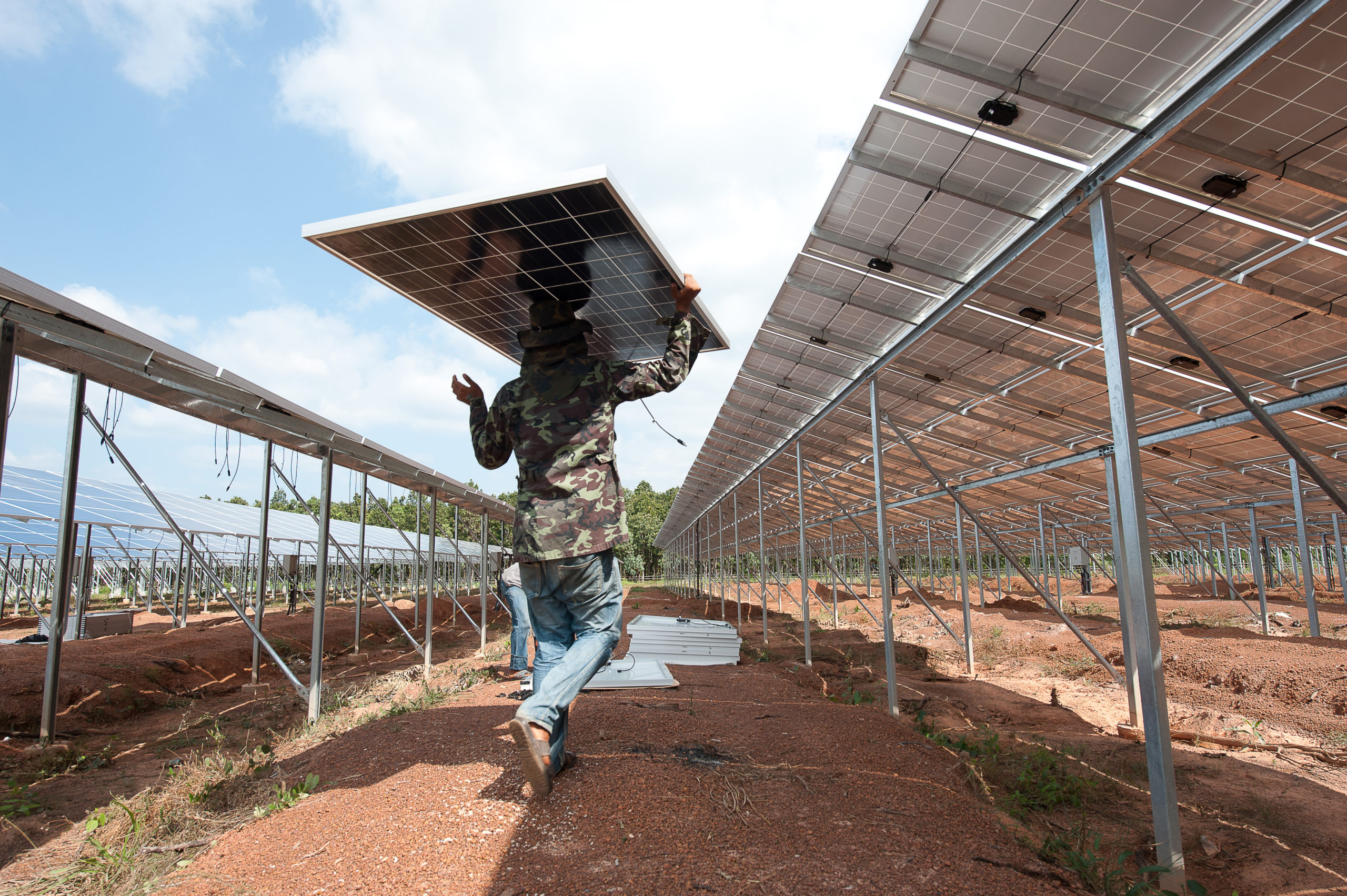Building your solar panel can be an adventure. However, remember that safety should be your priority as you embark on this exciting new experience. Thus, here is a step by step guide that will help you build your solar panel in no time.
- Start With Creating a Template and Putting the Frame Together
- Assemble the Solar Cells
- Create Holes for the Connections
- Glue the Solar Cells Down
- Solder the Bus Wire
- Visit the Electric Side
- Add Even Pressure on the Plexiglass
- Install the Junction Box
You can start by using a piece of regular plywood, tile spacers, conventional solar cell sized cardboard and a staple gun to create a template. The tile spacers keep the solar cells even. Use a ruler to align everything and a saw to cut the plywood. Then, assemble the frame. Cut a plywood piece and fit it to the plywood’s outer frame. The plywood pieces should then be placed on the treated plywood, screw them down then sand the entire structure. Apply deck and siding paint on the smooth frame so that they can seal the UV rays. The two coats also make the panel water resistant. Additionally, apply the two layers on your pegboard.
While the plywood is drying, start assembling the solar cells. Usually, the positive side of the solar cell is the bottom. The negative side is the top. Connect thirty-six cells in a series to create a sixty-three watts solar panel. Use a tabbing wire and soldering iron to connect the cells. You can have three strings of solar cells and connect them using a bus wire that should be placed at the strings ends. Create an extensive string that is curled like a snake.
Next, screw the pegboard down inside the frame. You can place the solar cells in the frame to give you a hint of the areas that will need the screws. After you have screwed the pegboard down, drill two holes at the end of the frame so that your negative and positive connections can run out of them.
The next step requires you to glue the solar cell strings. Glue them to the pegboard. Solder your bus wire on one end so that you can bond the two completed strings of the solar cells together. Also, remember always to check the voltage or the current whenever you make any new connection or solder any string together.
After all the strings of the solar cells have been hooked in a series, start soldering using your gauge wires. Connect some connectors on the ends of the leads from the gauge wires to make the soldering process easier. You can also use a string of wiremold to run the wires inside them so that the inside of the solar panel can look presentable. At this stage, you can take your solar panel out in the sun to test whether you are getting a voltage of eighteen volts and current of three and a half amps in both an open and short circuit.
Then, hook the connections of the solar panel to the charge controller’s solar side. Next, fasten the deep cycle battery to the side of the charge controller that is connected to the battery. Lastly, hook the battery to the inverter, and you have visited the electric side.
To secure the plexiglass, you need to provide even pressure around the edges. Hence, use identical sets of the pieces of plywood that are below the plexiglass and mount them above the plexiglass. The top pieces will generate even pressure. Drill the wood slowly so that the glass does not crack and use screws that are made for pressure treated lumber.
For the finishing touch, connect the back pieces of the plywood that will support the solar panel when mounted. Also, install a junction box outside the solar panel. It should have a blocking diode that so that current cannot flow back once you hook your solar panel to a battery.
This fun experience will only cost you about five hundred dollars. Also, research on the size of measurements you want before you start building your solar panel.







